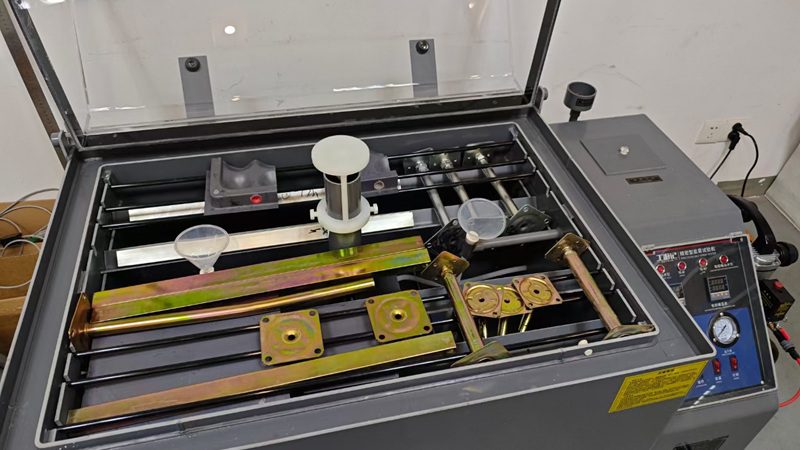Underfloor air distribution (UFAD) is an innovative ventilation system that is gaining popularity in green buildings. Unlike traditional overhead systems, UFAD delivers conditioned air through floor plenums and diffusers directly into occupied zones. This advanced air distribution strategy provides significant benefits related to indoor air quality, energy efficiency, thermal comfort, and flexibility. As more designers recognize these advantages, UFAD promises to transform the indoor environment. This post explores how UFAD works, its applications, design considerations, costs, and the future outlook for this promising technology. For any building where air quality, energy use, and occupant wellbeing matter, underfloor air distribution warrants consideration.
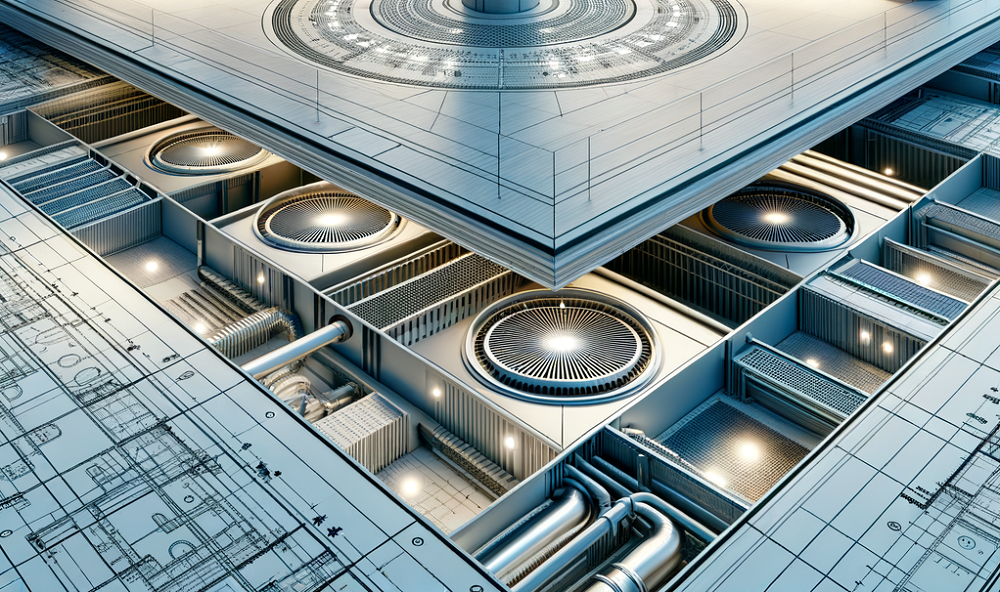
What is Underfloor Air Distribution?
Underfloor air distribution (UFAD) is a method of circulating conditioned air within a room that shows great promise for improving indoor air quality and thermal comfort. Unlike traditional overhead systems that mix cool air at the ceiling level, UFAD supplies air through diffusers in a raised access floor plenum. The cool air flows out at low velocities into the occupied zone, providing individual thermal control without drafts.
Underfloor Air Distribution System Advantages
UFAD systems offer many benefits that make them an attractive choice for modern green buildings.
Improved Indoor Air Quality
One of the key advantages of UFAD is the ability to provide superior indoor air quality compared to conventional overhead systems. With overhead distribution, particles, allergens and pollutants tend to accumulate in the breathing zone near the ceiling where the conditioned air is supplied. This leads to greater exposure for building occupants. The underfloor plenum acts as a filter to trap particulates before they enter the breathing zone. UFAD also reduces the mixing of airborne contaminants by delivering fresh air directly into the occupied zone. The result is cleaner air where people work and breathe.
UFAD can also accommodate higher ventilation rates than typical overhead systems. The increased airflow helps remove indoor pollutants more effectively. Bringing in more outdoor air dilutes chemicals emitted from building materials and office equipment. With concerns about sick building syndrome and illnesses related to poor indoor air quality, UFAD represents a major step forward in creating healthier indoor environments. The improved air distribution promotes occupant health, comfort and productivity.
Enhanced Thermal Comfort
In addition to air quality benefits, UFAD provides personalized thermal comfort impossible with mixing ventilation systems. Overhead systems must supply air that has been cooled to 14°F lower than the desired room temperature. This compensates for the mixing of cool air with warm room air at the ceiling. With UFAD, the cooled air can be supplied at just a few degrees below the desired temperature since it does not significantly mix as it descends through the occupied zone.
The ability to deliver air at near room temperature gives occupants better control over their own thermal comfort. If they are warm, they can open a floor air diffuser to allow more cool air to flow into their space. If they are cool, they can close the diffuser. This personal control results in fewer hot/cold complaints compared to overhead systems where people lack temperature adjustment options. UFAD also minimizes drafts by supplying air at low velocities in larger quantities through multiple points. The result is a high level of thermal comfort throughout the space.
Improved Energy Efficiency
The superior air distribution of UFAD can translate into tangible energy savings for many buildings. Because UFAD delivers cool air directly into the occupied zone, less energy is needed to overcool the supply air. The reduction in fan energy use alone can yield energy savings of 5-15% over conventional variable air volume (VAV) systems. UFAD also reduces the mixing of hot and cold air. This stratification allows the building to take advantage of free cooling from occupants, equipment and solar gains before turning on the air conditioning.
The increased efficiency and potential downsizing of mechanical equipment can provide significant long-term cost savings. UFAD also lends itself well to underfloor electrical and data distribution. Removing these systems from the ceiling frees up space for thermal storage and radiant heating/cooling systems that can further reduce energy use. When coupled with smart controls and sensors, UFAD creates opportunities for major improvements in energy efficiency and occupant comfort.
Flexible, Adaptable System
An underfloor air distribution system provides benefits now and flexibility for the future. UFAD’s modular design makes renovations and reconfigurations simple. New partition walls only require closing select floor vents and adjusting airflow to adjacent zones. There is no need to tear into the ceiling to reroute bulky ductwork. Equipment, electrical systems and telecommunications can also be readily accessed through the raised floor. This simplifies maintenance, upgrades and space programming changes without costly construction.
UFAD’s extensive ventilation allows denser workstation layouts while maintaining indoor air quality. The system can accommodate frequent office churn and new technology without sacrificing comfort. UFAD also supports load sharing between zones to accommodate changing needs. This flexibility makes UFAD ideal for modern office spaces that require adaptability. The simplicity of UFAD accommodates open floor plans while allowing easy partitioning as needs change. UFAD delivers comfort and health today while providing the flexibility needed for the future.
Underfloor Air Distribution System Disadvantages
Here are some potential disadvantages or challenges with underfloor air distribution (UFAD) systems:
- Higher first costs – UFAD systems can cost more to install initially compared to conventional overhead HVAC systems due to the raised flooring system.
- Accessibility – The raised floor can make some maintenance tasks more difficult. Access panels need to be installed carefully to allow maintenance access.
- Height restrictions – The raised floor system typically requires a minimum floor-to-ceiling height of at least 9 feet for proper air flow and stratification. This may not work in buildings with lower floor-to-ceiling heights.
- Complex controls – UFAD relies on more advanced controls to modulate air flow at floor diffusers. This complexity can make troubleshooting more difficult compared to conventional systems.
- Acoustics – Noise from air flow at diffusers or from the plenum can be distracting. Careful acoustic control is required.
- Dust and debris – Improper filtering can allow dust and dirt to accumulate under the raised floor over time, reducing indoor air quality.
- Stratified temperatures – UFAD can create slightly warmer temperatures at the top of the room, requiring comfort conditioning methods.
- Draft risk – Floor diffusers need careful placement to avoid drafts at occupant level when using UFAD.
- Limitations in retrofits – Implementing UFAD in existing buildings is more constrained and may not be feasible in some retrofits.
While not perfect, the advantages of UFAD often outweigh the disadvantages when applied appropriately. Careful system design can help minimize these potential downsides.
Underfloor Air Distribution Applications
UFAD offers advantages for a wide range of building types. The following are some of the most suitable applications for underfloor air distribution systems:
- Office Spaces: Because offices require high ventilation rates and involve frequent reconfigurations, UFAD can significantly enhance air quality and comfort while providing flexibility. The system is well-suited for both private offices and open-plan layouts.
- Retail Stores: Retail spaces need ventilation that effectively handles occupant loads while creating a pleasant indoor environment. UFAD allows personalized control over air diffusion to satisfy differing needs.
- Educational Facilities: The superior air quality of UFAD enhances student performance and health in classrooms. Maintenance is also easier compared with overhead duct and VAV systems.
- Healthcare Facilities: UFAD allows hospital rooms to have higher air change rates to reduce infection risks. The system also adapts well when spaces are renovated.
- Laboratories: Effective ventilation is critical in labs. UFAD improves air distribution while allowing high air change rates and simplified maintenance.
- Data Centers: UFAD can lower energy use while effectively managing heat loads from IT equipment. The system also provides easy access for maintenance and upgrades.
- Museums: Museum exhibits require tight climate control and filtration. UFAD delivers precise air management without drafts that might damage delicate artifacts.
- Residential Homes: Home UFAD systems provide whole-house ventilation that removes indoor pollutants. Occupants also benefit from draft-free comfort and lower energy bills.
UFAD is suitable for both new construction and retrofit projects. The system delivers benefits across a wide range of building uses where air quality, efficiency, flexibility and occupant comfort are priorities. UFAD represents a proven innovation that is gaining rapid acceptance worldwide.
UFAD System Design Considerations
While UFAD offers many advantages, the technology also comes with some design considerations. Understanding the following factors will help ensure a successful UFAD installation:
Plenum Design: The underfloor plenum must deliver the desired static pressure and airflow to the occupied space above. Plenum depth and air barrier configurations must factor in pressure losses.
Floor and Diffuser Selection: The raised floor and diffusers must allow proper airflow range and distribution. Floor strength and diffuser placement provide localized control.
Space Planning: Workstation layouts must align occupants with local diffusers for personalized comfort. Line-of-sight and equipment access are also considerations.
Controls Integration: UFAD requires integrated sensors and controls to modulate airflow based on space usage and cooling loads. Control sequences should be customized.
HVAC Sizing: With UFAD’s increased efficiency, HVAC equipment can often be downsized compared to overhead systems. Load profiles should factor in distribution savings.
Commissioning Process: Comprehensive commissioning ensures UFAD systems function as designed. Pressure mapping, airflow balancing and controls verification are essential.
Energy Modeling: Accurately modeling UFAD performance requires expertise. Modelers should understand the technology’s benefits and interactions with other building systems.
Acoustic Control: Noise from equipment like fans and diffuser airflows should be minimized. Plenum and duct insulation help prevent disruptive sound transmission.
A knowledgeable design team is invaluable for considering these factors and integrating UFAD into a building plan. Experienced UFAD designers will collaborate across disciplines to fully realize the technology’s benefits.
UFAD Cost Considerations
In many applications, the total installed cost of a UFAD system will be 5-15% higher than conventional overhead air distribution. However, the additional upfront investment is usually paid back through lower energy and maintenance expenses over time. There are also cost reduction strategies that can make UFAD even more affordable:
- Simplified ductwork: UFAD requires less ductwork since cool air is supplied locally. This saves on materials and labor.
- Smaller mechanical systems: The ability to downsize HVAC equipment reduces purchase and installation costs substantially.
- Lower lifecycle costs: UFAD’s energy efficiency and operational savings mean lower costs year after year.
- Future flexibility: Easy reconfigurations mean fewer renovation costs when office layouts change.
- Integrated design: Coordinating UFAD early with other building systems can optimize performance and cost-effectiveness.
- Phased retrofit: In some retrofits, UFAD can be implemented incrementally to spread out costs over time.
- Incentives: Many jurisdictions offer financial incentives for energy-efficient technologies like UFAD.
With smart design choices and a lifecycle cost perspective, UFAD can be an economical investment that pays dividends for years through energy savings and workplace benefits.
Looking ahead, underfloor air distribution will likely play an increasing role in creating healthy, efficient, and adaptable building environments.
Huiya Real-Time News
Huiya Real-Time News is dedicated to providing you with the latest and most authoritative information on the raised flooring industry.
We provide 24/7 updates on industry policy interpretations, market trend analysis, company news.
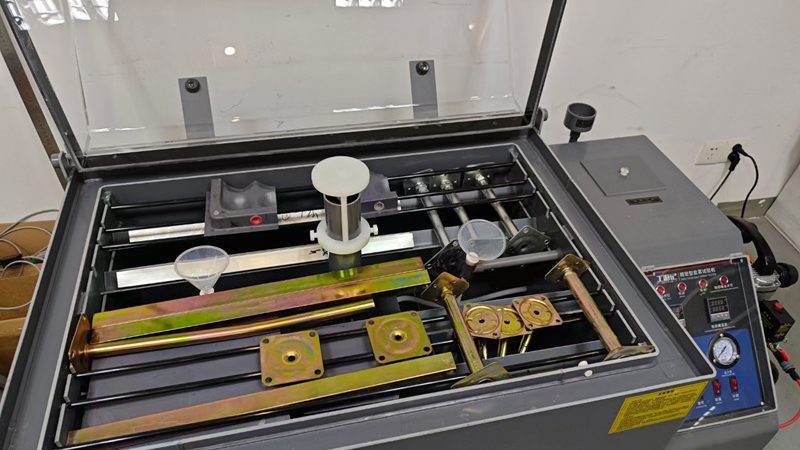
匯亜、新たに塩霧試験装置を導入 OAフロアの品質防線を強化
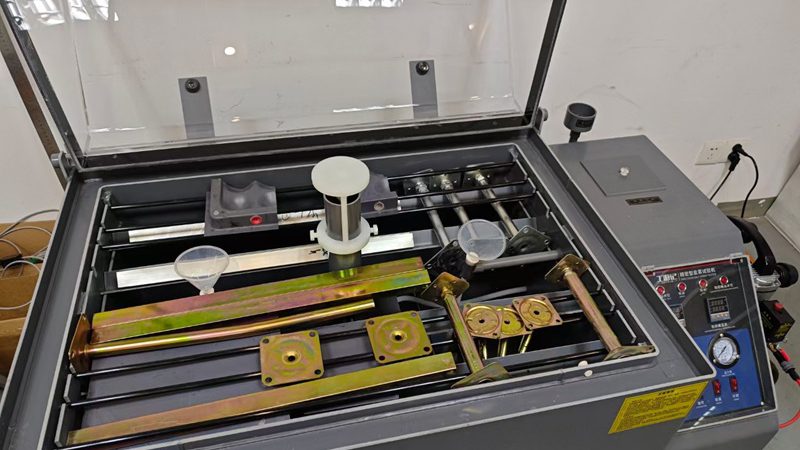
회아, 새 염무시험장비 도입해 이중바닥재 품질 방호선 단단히 만듦
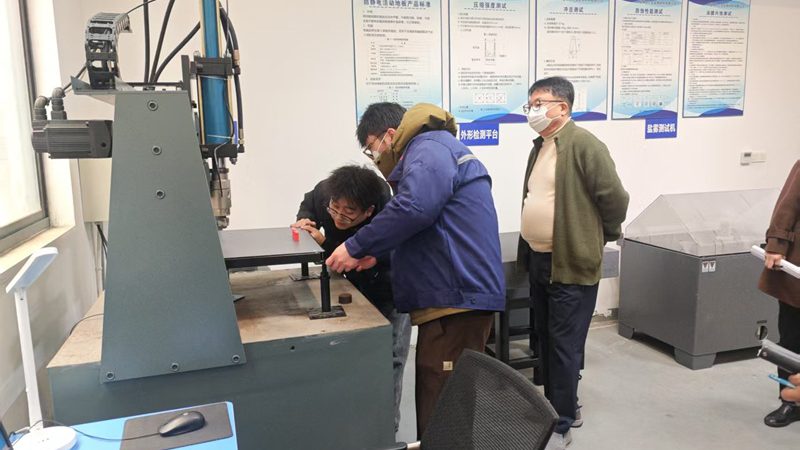
창주 회아 이중바닥재 회사, 한국 KSA 인증 획득하며 이중바닥재 공식 한국 수출 시작
MORE DOWNLOADS

GENERAL CATALOGUE

HUIYA INTRODUCTION

HUIYA GREEN LABEL
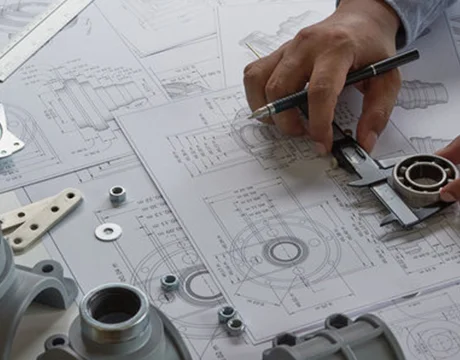
CAD/BIM FULL STEEL
APPLICATION SCENARIOS








